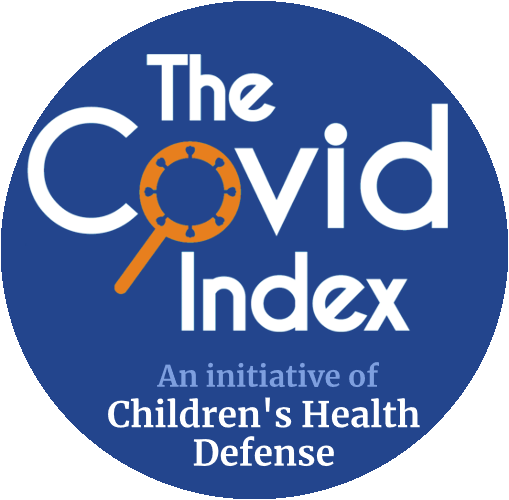"Abstract
Materials and Methods: We investigated adverse reactions and anti-spike protein immunoglobulin G (IgG) concentrations among health care workers who received primary immunization with mRNA-1273 and booster immunization with mRNA-1273 [Pfizer] or BNT162b2 [Moderna].
Results: Adverse reactions were reported by 85.1% after the first dose, 94.7% after the second dose, 87.5% after a third dose of BNT162b2, and 86.0% after a third dose of mRNA-1273. They lasted for a median of 1.8, 2.0, 2.5, and 1.8 days, respectively; 6.4%, 43.6%, and 21.0% of the participants were unable to work after the first, second, and third vaccination, respectively, which should be considered when scheduling vaccinations among essential workers. Booster immunization induced a 13.75-fold (interquartile range, 9.30–24.47) increase of anti-spike protein IgG concentrations with significantly higher concentrations after homologous compared to heterologous vaccination. We found an association between fever, chills, and arthralgia after the second vaccination and anti-spike protein IgG concentrations indicating a linkage between adverse reactions, inflammation, and humoral immune response.
Conclusion: Further investigations should focus on the possible advantages of homologous and heterologous booster vaccinations and their capability of stimulating memory B-cells. Additionally, understanding inflammatory processes induced by mRNA vaccines might help to improve reactogenicity while maintaining immunogenicity and efficacy...
Discussion
... We found symptoms to begin mainly within the day of vaccination. Symptoms after the first and second vaccination lasted shorter than in phase 2 and 3 trials on primary vaccination with mRNA-1273. Of note, symptoms after booster vaccination with BNT162b2 lasted longer compared to vaccinations with mRNA-1273. While most of our participants were able to work after the first dose, almost half and a quarter of them were temporarily absent from work after the second and third doses, respectively. While one study reported about a quarter of the participants requiring time off work without differentiating between the first and second vaccination, another study found slightly more participants temporarily unable to work than in our study, both after the first and the second immunization. Taken together, the observed moderate to high frequency and intensity of adverse reactions, the beginning and duration and the high rate of temporary inability to work after the second and third immunization should be considered when scheduling vaccinations, especially among essential workers.
We confirmed the decline of antibody levels after complete primary immunization with mRNA-1273 over time. However, anti-S-IgG concentrations 5 to 8 months after the second vaccination still far exceeded the test-specific cut-off in all participants. Booster immunization led to an almost 14-fold increase of anti-S-IgG concentrations with antibody levels about 2 times higher than after the second vaccination. The observed increase is in the range of the previously described increase of binding and neutralizing antibodies. However, previous studies mainly focused on homologous booster vaccination strategies, and studies on heterologous booster vaccination especially with mRNA-1273 as the prime dose are limited. In our study, a heterologous vaccination scheme with mRNA-1273 as prime and BNT162b2 as booster vaccination was also effective but resulted in significantly lower antibody concentrations than homologous mRNA-1273 vaccination."
© Korean Vaccine Society.
This is an Open Access article distributed under the terms of the Creative Commons Attribution Non-Commercial License (https://creativecommons.org/licenses/by-
